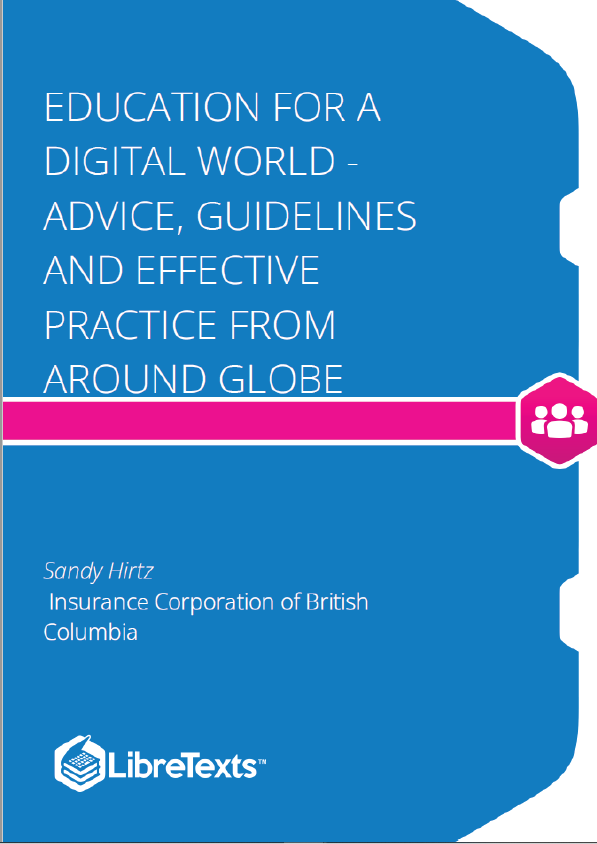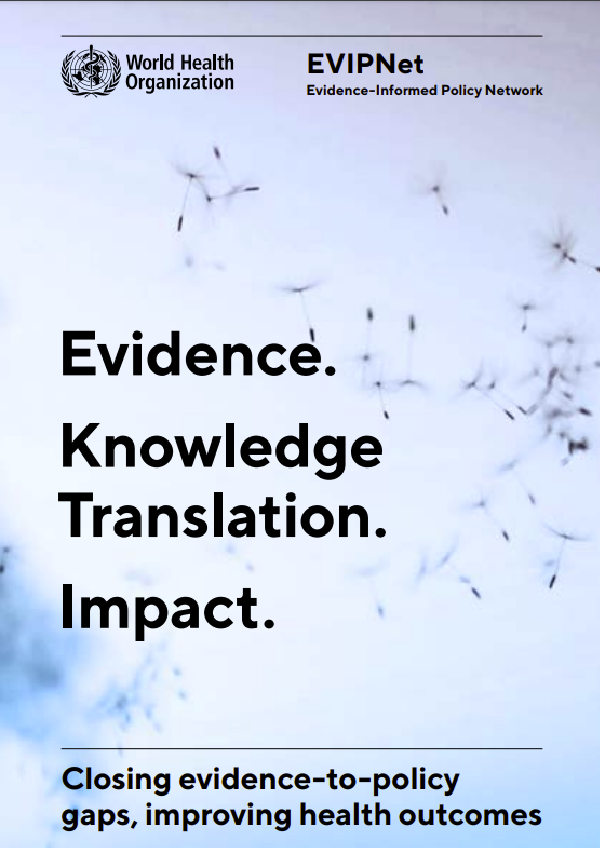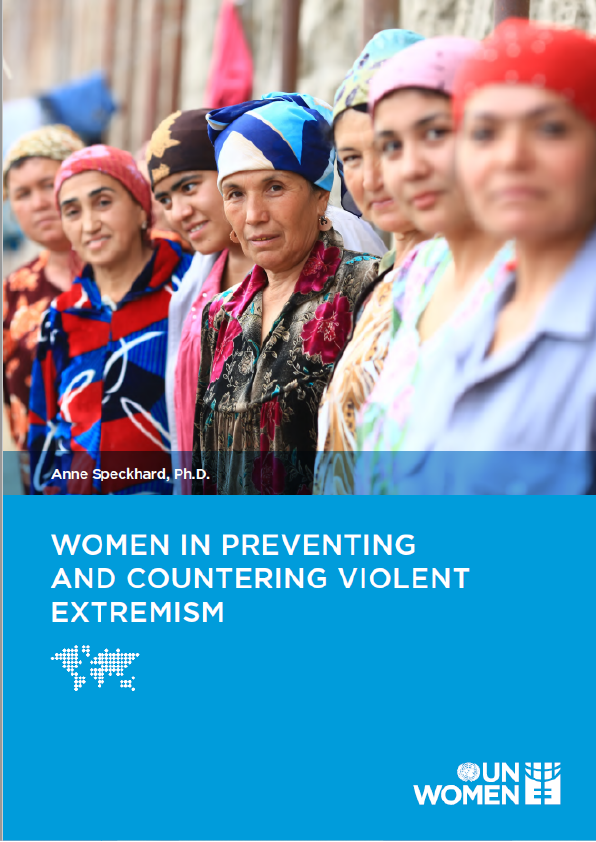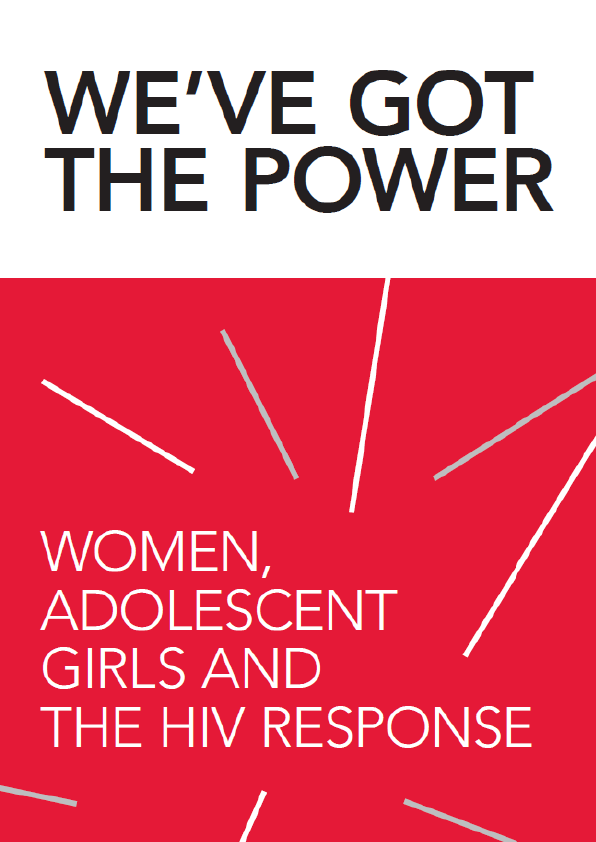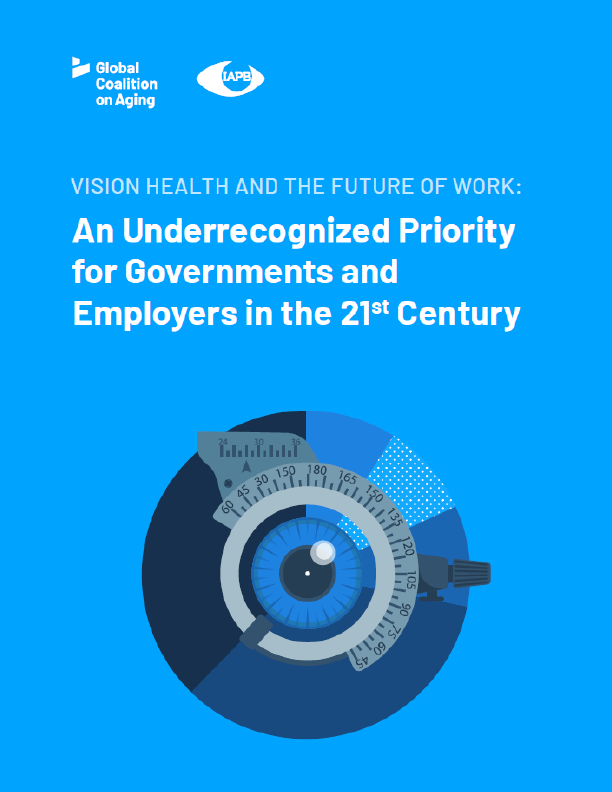Education for a Digital World contains a comprehensive collection of proven strategies and tools for effective online teaching, based on the principles of learning as a social process. It offers practical, contemporary guidance to support e-learning decision making, instructional choices, as well as program and course planning, and development. Practical advice, real-life examples, case studies, and useful resources supply in-depth perspectives about structuring and fostering socially engaging learning in an online environment. A plethora of e-learning topics provide insights, ideas, and usable tools. Tips and evidence-based theory guide administrators, program and course developers, project teams, and teachers through the development of online learning opportunities. Education for a Digital World is an indispensable guide, resource, textbook and manual for policymakers and practitioners in developing and developed countries.
This chapter describes the instructional design process which is defined as a systematic, repetitive process of activities aimed at creating a solution for an instructional problem. It provides details and practical guidelines for completing the process. The instructional design process entails conducting a needs assessment, goal analysis, subordinate skills analysis, and learner analysis. This process also entails writing complete learning outcomes at the highest appropriate level based Chapter Abstracts Education for a Digital World vii on a revised Bloom’s taxonomy. The learner will ultimately be able to apply the skills learned in creating effective courses. This content will remain valid in the future in that the instructional design process is based on solid principles supported by years of research. ACCESSIBILITY AND UNIVERSAL DESIGN Natasha Boskic, Kirsten Starcher, Kevin Kelly, and Nathan Hapke Great efforts have been made to give every student equal access to high-quality learning and to remove barriers for people with disabilities. However, most of these efforts are focused on the traditional, face-to-face classroom experience. Less attention is devoted to those taking courses fully online and their ability or inability to cope with web-based interactive content. While standards and guidelines have been developed to support and assist with accessible web design, their primary focus has been on technical specifications, assistive technologies, or legal issues. Fewer studies have been conducted to investigate how that “accessible” content is perceived from a learner’s perspective and how helpful it really is. As distance learning adapts to new technology, instructors should be innovative in their relationship with students and in methods for developing educational content, accommodating the diverse needs and learning styles which will be beneficial for all, regardless of their (dis)abilities.
